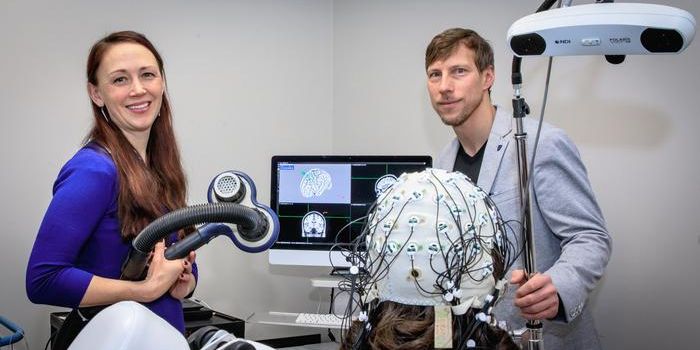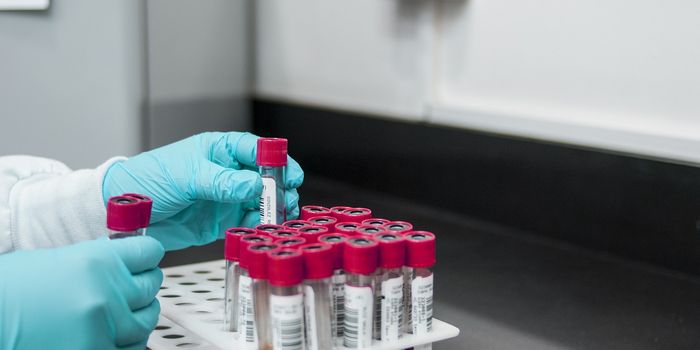New Biomarkers for a Serious Autoimmune Disorder
Connective tissue is very important to the body. Some types of connective tissue link bones and joints, enabling us to more freely; while other types of connective tissue keep our organs and other structures in place. Systemic sclerosis, also known as scleroderma, is a disorder that disrupts connective tissue, and can seriously affect multiple internal organs and cause the skin to harden. There are some specific forms of systemic sclerosis as well, like Raynaud disease and esophageal dysmotility. Scientists have a limited understanding of the mechanisms underlying systemic sclerosis. There is no cure for the disease, and it can be a life-threatening condition.
While some environmental triggers such as viruses have been associated with the development of systemic sclerosis, a number of genetic connections have been identified as well. Some of these genetic regions have been linked to other disorders such as arthritis and lupus. However, these genetic studies were also conducted primarily in European patients.
Scientists have now conducted the largest genetic assessment of systemic sclerosis in a group of over 1,400 patients and almost 113,000 unaffected individuals in Japan. This effort has revealed six new biomarkers that can identify an increased risk of systemic sclerosis. While these markers were found in the Japanese population, the researchers suggested that the genetic influences on this disease are likely similar across different populations. They are hopeful that this new data will eventually improve treatments for the disease. The findings have been reported in Nature Communications.
Three of the novel biomarkers are outside of the so-called HLA region, an area that encodes for surface proteins on immune cells and has a high degree of variability from one person to another. One of these biomarkers was in the FCGR/FCRL region, another was found in the TNFAIP3 region, and the last was in the AHNAK2-PLD4 region. Tiny variations in the sequences of these regions can reveal who is at risk for developing systemic sclerosis, and can reveal the genomic regions that lead to the disease when errors occur.
These genetic regions are closely linked to immunity."These genes are important for innate and adaptive immune response," explained study leader Chikashi Terao of the RIKEN Center for Integrative Medical Sciences. "A deeper understanding of their contributions to systemic sclerosis could lead to the discovery of novel drug targets."
Polygenic risk scores take multiple genetic variants that an individual may carry into account, to reveal how likely a person may be to get some disorder. The study authors are hopeful that this work will make calculating polygenic risk scores for systemic sclerosis more accurate. Since this disease involves many organ systems, those risk scores can be tough to ascertain. But soon, they may be useful for distinguishing between different types of systemic sclerosis.
"Integrating these refined scores with other clinical parameters may be a good strategy to predict future disease development as well as disease outcomes," added first study author Yuki Ishikawa, a research scientist in the Terao lab.
Sources: RIKEN, Nature Communications









